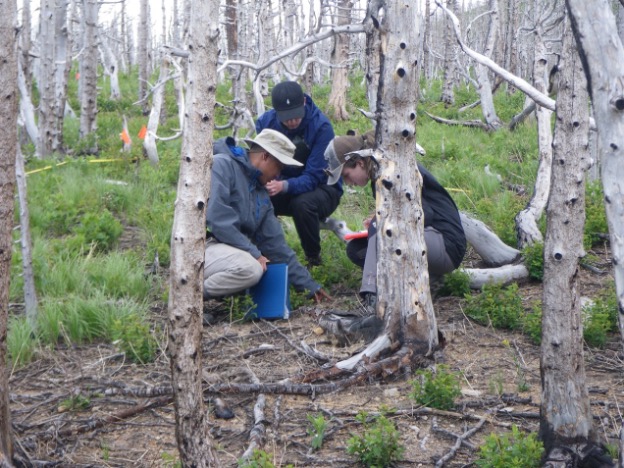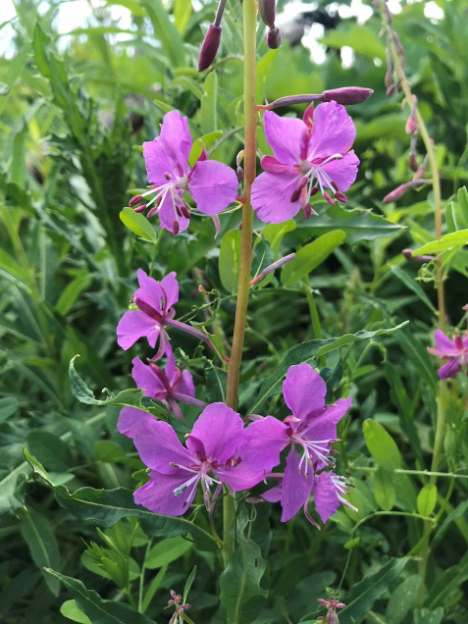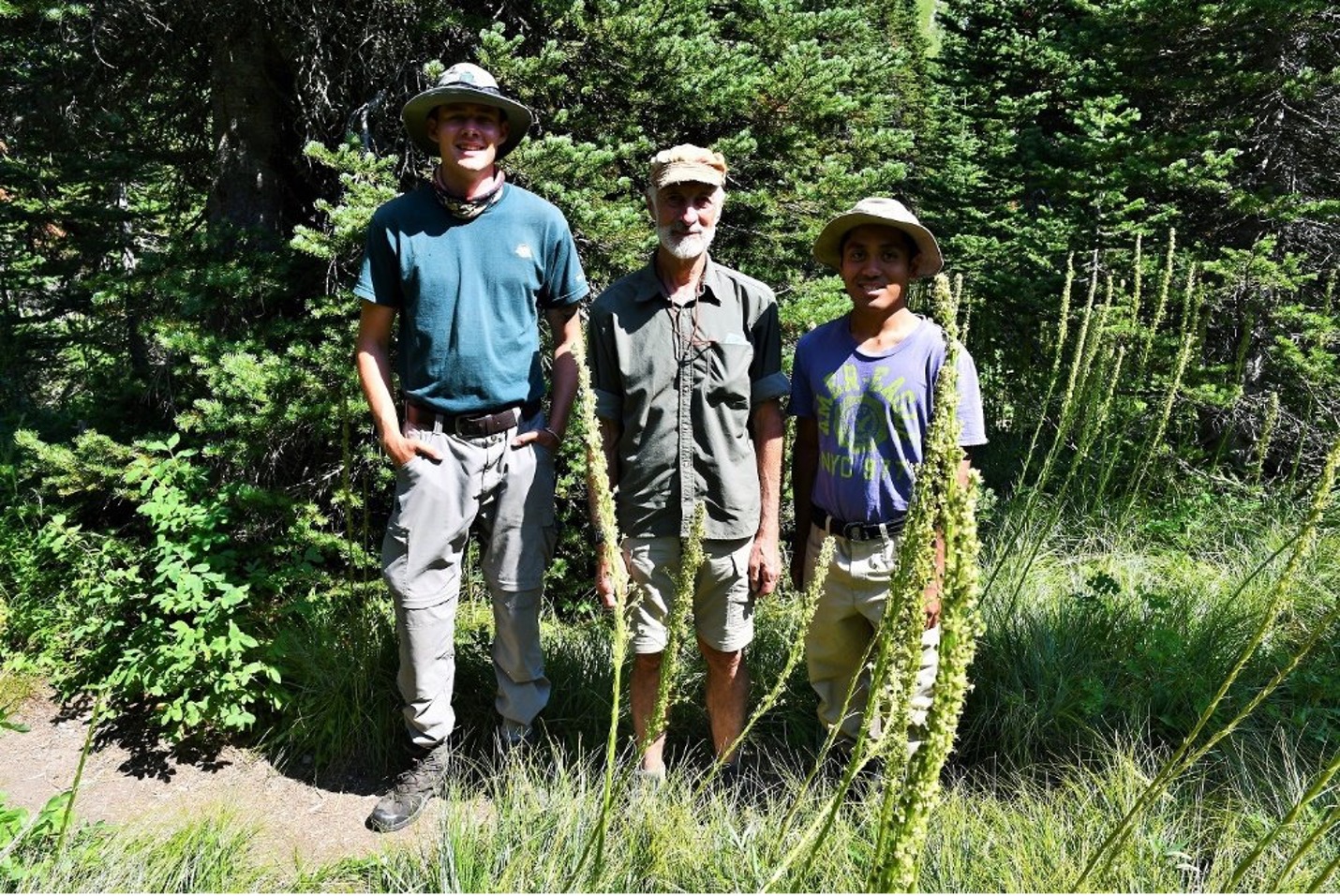University of Lethbridge researchers have been monitoring plant life in Waterton Lakes National Park to see how they’re responding following the massive Kenow wildfire in 2017.
“We know we have increasing fires on the landscape recently, so plant communities are going to have to deal with that,” says Dr. Jenny McCune, a ULethbridge biology professor. “But then we also have increases in human-caused stressors like recreation. There’s a real question about how those two different sources of stress will interact and whether one will magnify the effects of the other.”

In the second and third growing seasons after the fire, McCune and her students examined both burned and unburned plots that were originally surveyed in the mid-1990s to compare the plant species present. They wanted to know how plant life is being affected by stressors like wildfire and increased human presence.
Since the original surveys were done, the number of park visitors has gone from about 300,000 per year to more than 500,000 per year. The effect of the increase in visitors is mainly on the trails in the park, potentially increasing the spread of seeds on boots and clothing.
“Our study was trying to test the way that these plants are responding to the fire — is it different if they’re closer to a trail than if they’re far from a trail?” she says.
All the burned plots had massive shifts in the composition of plants, regardless of how close they were to a trail.
“Mostly this was because of all the species that were lost during the fire,” says McCune. “Lots of species that were in those plots in the 1990s were wiped out when the fire came through. We thought the shifts in the plant composition might be greater closer to trails, but that wasn’t the case. But then in the plots that didn’t burn, what’s interesting was they had greater shifts farther from trails, which is the opposite of what we expected.”
The researchers suspect the shifts in plant life may be due to increasing tree density in the forest and forest encroaching on grasslands. The expanding canopy cover provides an environment for shade-tolerant plants and more woody plants to grow, causing them to increase in the unburned areas.

“It was almost more fascinating to look at what happened in the plots that didn’t burn,” she says. “We know what happened in the burn. Pretty much all the trees were killed. Almost everything was severely burned. Afterwards, the fire followers come in like fireweed and dragonhead. We mostly found what we were expecting in the burned plots.”
Of particular concern in the park is the spread of exotic plants. Exotic plants are species that are not native to the area, some of which are invasive. The researchers expected to see more exotics appearing in burned plots that were closer to a trail.
“We didn’t see that,” says McCune. “However, we did see that plant species that are associated with disturbance, which can be native or exotic, increased significantly in the burned plots and increased even more if the burned plot was close to a trail.”
McCune says plant recovery needs to be tracked over the long term.

She and her students will be returning to the same plots this summer, which is the seventh growing season post-fire. The researchers will be tracking whether these communities go back to the same composition and the same species as before the fire or if they go off in a different trajectory.
“This is a great partnership we have with Parks Canada and the main botanist who did some of the surveys in the 1990s, Dr. Peter Achuff, is still around and working with us,” says McCune. “We hope to keep following these plots over many years.”
Some of the findings were recently published in the journal Landscape Ecology.
